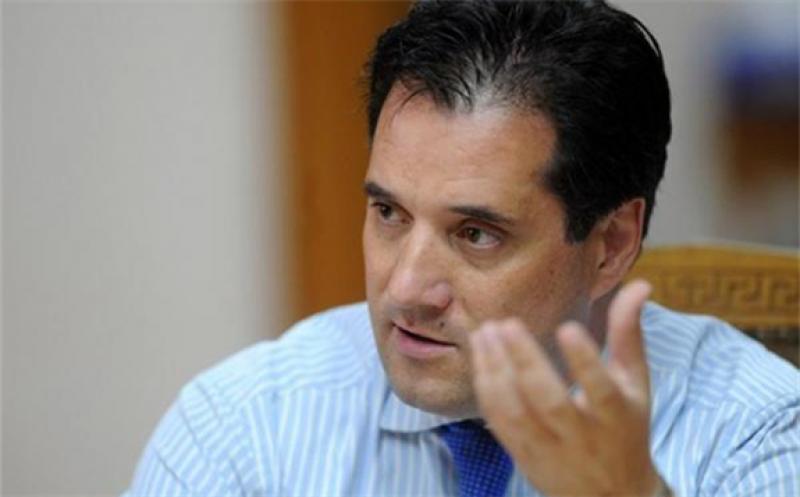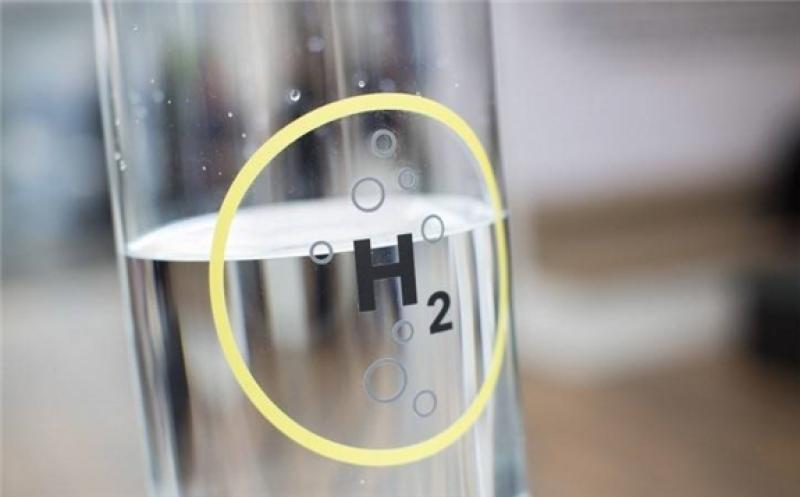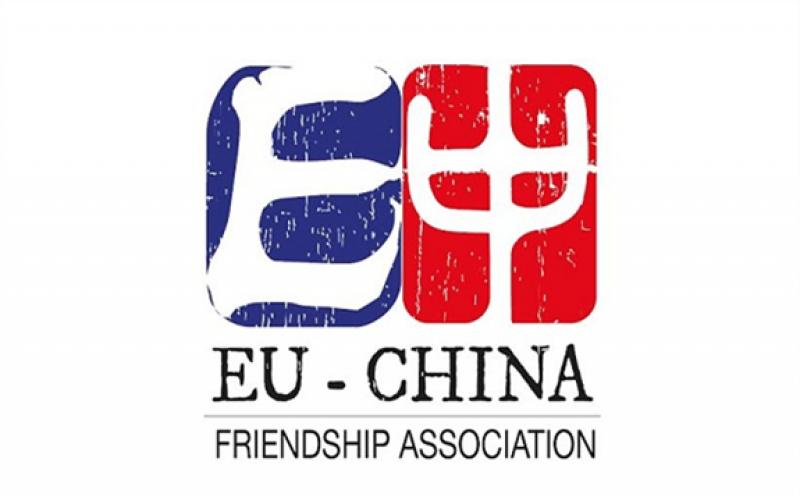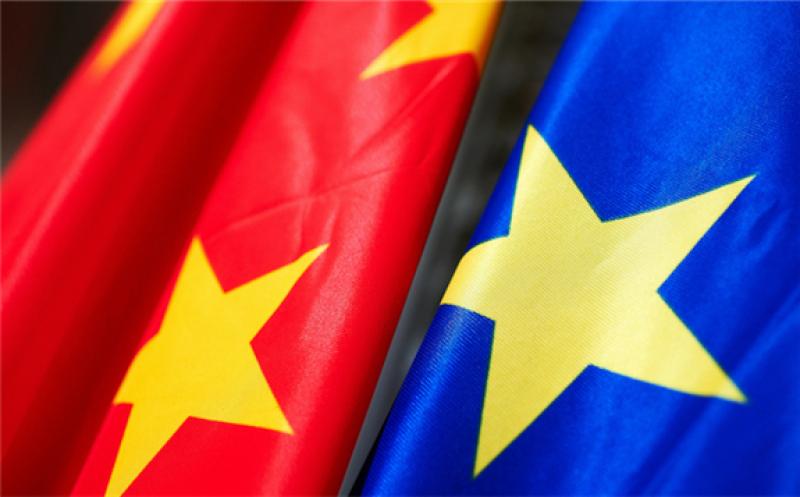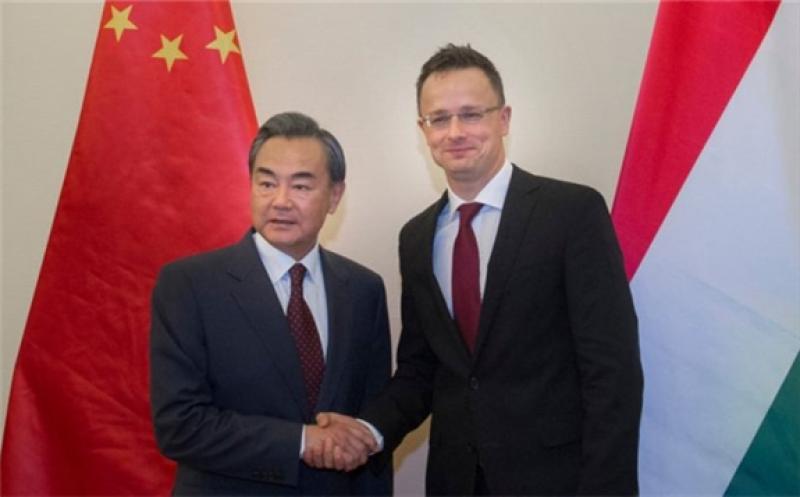Two things are used to describe EU-China relations. The first is that the two sides do not have fundamental conflict of interests. This remains true today. The second is that the European Union and China are separated by mountains and rivers. This one is no longer true. The mountains and rivers have now been connected by the Belt and Road Initiative and with it the two countries are enjoying a much closer and more comprehensive partnership.
China is the EU's top trading partner, accounting for 20 percent of EU imports in 2018. In 2017, China-Europe freight trains, a signature of the Belt and Road Initiative ran 1,000 times, a sharp increase of 158 percent on the year before. Thanks to the Belt and Road Initiative, the German city of Duisburg is now the world's largest inland port, with 80 percent of trains from China now making it their first European stop. Every week, around 30 Chinese trains arrive at a vast terminal in Duisburg's inland port, their containers filled with clothes, toys and hi-tech electronics from Chongqing, Wuhan in Hubei province, or Yiwu in Zhejiang province, or carrying German cars, Scottish whisky, French wine and textiles from Milan the other way. The trade is so big, that Duisburg is now known as Germany's "Chinese City".
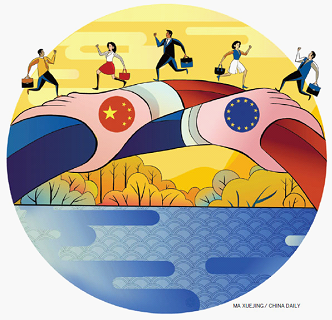
Similar things are happening via the sea. Because of the 21st Century Maritime Silk Road, the Greek port of Piraeus has become the fastest-growing port in the world, with about 20 million passengers going through the port each year. The port capacity has also increased from handling 1.37 million 20-foot equivalent units, or TEUs, in 2007 annually to 4.9 million TEUs in 2018. And the port has become a major terminal for vessels traveling from Asia to Europe.
The Belt and Road Initiative is intended to enhance connectivity and boost trade and infrastructure construction in Eurasia. It is mostly about the economy and trade, but there is also room for countries to work together on security issues. For instance, a lot of countries along the Belt and Road routes that have seen some of the worst wars in the 21st century.
The stability of these regions should be a matter of priority for both China and Europe. The Belt and Road Initiative should thus bring both Brussels and Beijing together to seek ways to join forces and contribute to bringing stability and prosperity to Europe's neighborhood. Effective mechanisms and successful projects to address some of the root causes of the refugee crisis, for instance, could also help to foster a more positive image of China in Europe.
China may also work with the EU to promote sustainable infrastructure and best practices in the Belt and Road countries. The two can combine their strengths in third-party countries, for instance, Chinese and French companies can work together in Francophone countries where Chinese companies have less experience. European countries can also provide essential services for Chinese companies to carry out investment around the world.
As the United States adopts more protectionist measures, Sino-EU cooperation will be essential to meet the challenge caused by a decline in trade with the United States and to offset the potential decline in exports.
This means that beyond joint actions on World Trade Organization reform, the two countries should work together to establish clarity on key rules, and nurture a senses of reciprocity. The Belt and Road Initiative will also need to move beyond infrastructure investment to focus more on the innovative sectors, such as energy, digital and finance. This requires Chinese and EU companies, civil societies and government sectors to work more closely together.
As the second and third largest economies in the world, China and Europe are destined to work together on issues ranging from supporting the rules-based trading system with the WTO at its core to establishing a robust global climate governance framework and the realization of the Sustainable Development Goals as stated in the joint statement.
The Belt and Road Initiative is an essential initiative that connects the different visions, goals and sectors together and will play an ever larger part in bringing the EU and China together.
The author is an assistant professor at Hunan University's School of Public Management and a visiting researcher at Tsinghua University's Belt and Road Research Institute. The author contributed this article to China Watch, a think tank powered by China Daily. The views do not necessarily reflect those of China Daily.
